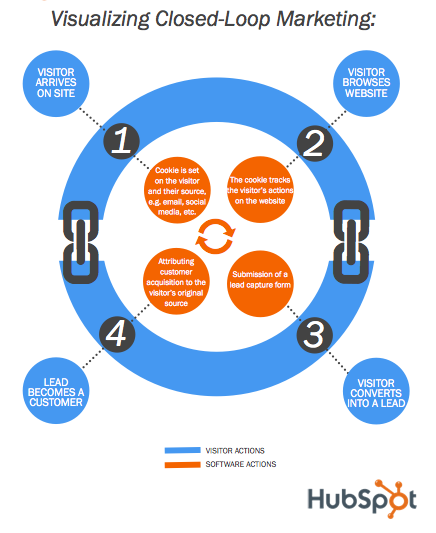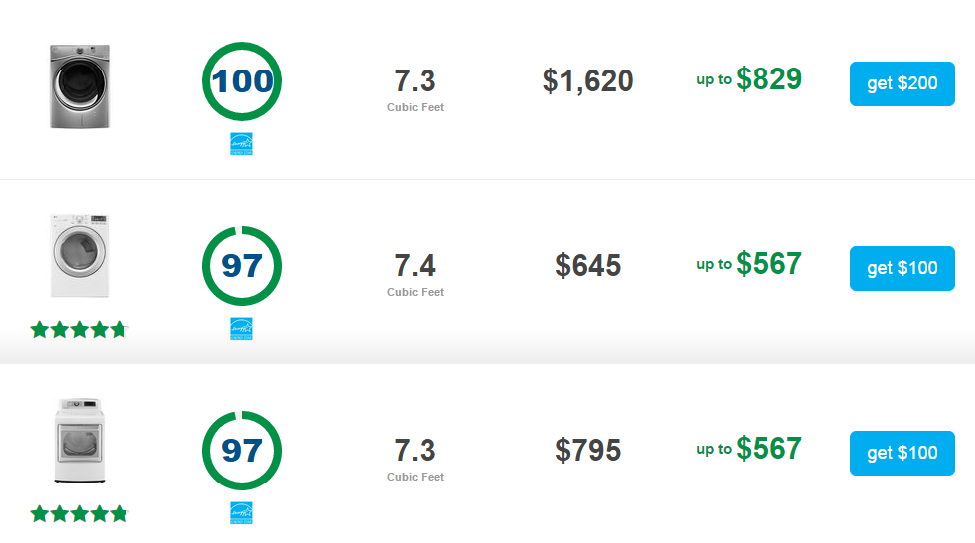By Samantha Bresler | Tue, October 13, 15
We buy clothes, books, and airplane tickets online. We virtually hail taxis, bank, and make international phone calls. We share photos of cats and start viral revolutions with bytes of data. Energy efficiency may be fashionably late to this e-party, but with strong partnerships and a focus on customer convenience, the movement is underway to transform how this least-cost resource is captured online.
So how are shoppers discovering energy efficient products online?
Three key forces are responsible: customization, a comprehensive marketplace, and partnerships. This dynamic trio is attracting droves of potential customers who prefer the convenience of online shopping. Boiled down to its essence, this paradigm shift is designed to meet consumers where they hang out: the internet.
Customization: The Key to a Customers Heart
The word “customer” can easily be pulled out of the word “customization”, and for good reason. Through the use of sophisticated tracking software, each shopper is greeted with customized product offerings based on previous searches. Since shoppers are armed with all the relevant information from sophisticated E-commerce platforms, they can make smarter purchases from the comfort of their couches.

According to the NEEP Business and Consumer Electronics Report, 88% percent of US respondents said that they research a product online via personal computers before buying. This prior step is crucial to making a purchasing decision. Now, with this added layer of customization and convenience, these same respondents may consider taking the added step from research to purchase – all in front of a screen.
Compare and Contrast
Digital marketplaces understand the importance of laying out every piece of information that could sway a customer’s final decision to ‘buy or fly’. Marketplaces in the efficiency world, such as Enervee or Simple Energy, include relevant certifications (namely ENERGY STAR), energy usage, and available rebates in their dashboard. Potential customers can use this information to compare and contrast different models and easily pinpoint the correct fit for their needs. Comprehensive dashboards such as the ENERGY STAR Product Finder collect information into a simple display that’s easily understandable to all.
The Power of Partnerships
The underlying feature present in these E-commerce platforms is the available rebates for each product. Despite the growing trend that 67% of individuals shop online, the lion’s share of efficiency programs still operate in an analog system of mail-in rebates. Although it can be argued that mail-in rebates still have a role to play, digitization is in its prime. In a Fortune article, Katie Fehrenbacher eloquently sums up the importance of rebate programs entering E-commerce, stating that, “Utilities have long participated in rebate programs, mandated by public utility commissions, that offer consumers and small businesses discounts for buying more energy-efficient appliances. Enervee’s utility programs are like a modern, online, social media-laden version of these old-school rebate programs.”
In a prior effort to meet consumers online, NEEP and several other organizations helped to launch TopTen USA, which provided a consumer friendly web-based tool that clearly identified the very most energy efficient consumer products available on the market. TopTen USA’s website promoted the 10 most efficient products of a given category, whether it was refrigerators, clothes washers, LED bulbs, etc. TopTen USA also educated the online shopper about the item’s full range of costs and benefits. The success story of TopTen USA’s was its capability as a website for programs to promote super-efficient products.
 Efficiency E-commerce pioneers are forming strategic partnerships and are changing the rules of the rebate game. Consumers now have software that is capable of automatically, and in real-time, characterizing consumer product markets, including developing real-time baselines, geographically specific baselines, SKU level associated savings, and more. These new tools offer the possibility of cheap, timely and accurate assessments of program impacts.
Efficiency E-commerce pioneers are forming strategic partnerships and are changing the rules of the rebate game. Consumers now have software that is capable of automatically, and in real-time, characterizing consumer product markets, including developing real-time baselines, geographically specific baselines, SKU level associated savings, and more. These new tools offer the possibility of cheap, timely and accurate assessments of program impacts.
So. What does this all mean? Well, for one, energy efficiency programs will need to adapt to where their customers are hanging out. It’s no surprise that online shopping is the new norm. Efficiency programs can help drive more energy savings by being relevant to their customers’ shopping journeys through E-commerce and offering their full suite of useful information and incentives. As our familiar energy efficiency products (I’m looking at you Lighting Programs) begin to question whether their market has been transformed, we will need to start now. NEEP is taking a deeper look at the efficiency opportunities in E-commerce with a white paper due out this year (don’t worry, we’ll be defining any of the jargon you might not be as familiar with from this blog post)—so look out! Only by employing new approaches and partnerships will we continue to make an impact on the environment and energy system through every day, household items.
